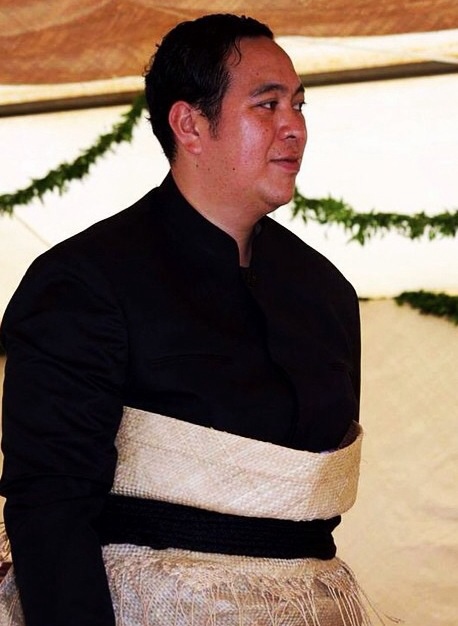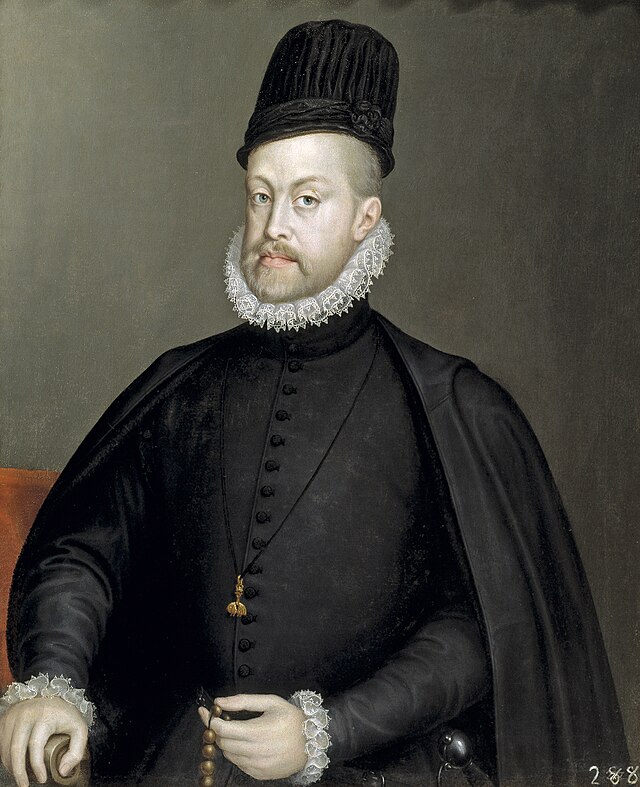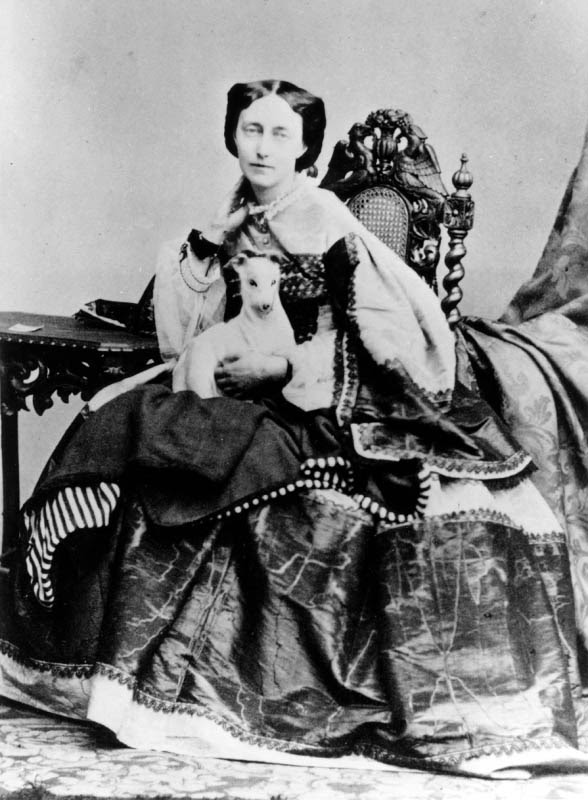by Susan Flantzer
© Unofficial Royalty 2024

King Willem-Alexander accompanied by Queen Máxima reads the Speech from the Throne, 2015; Credit – Wikipedia
On Prinsjesdag (Prince’s Day), the third Tuesday of September, the Sovereign King or Queen of the Netherlands addresses a joint session of the Dutch Senate and House of Representatives to give the Speech from the Throne, setting out the government policy for the new parliamentary session. The States General of the Netherlands, the legislature of the Netherlands, meets at the Binnenhof, a complex of government buildings in The Hague, Netherlands. Although Amsterdam is the capital of the Netherlands, The Hague is the seat of government.
The Binnenhof, a gothic castle built in the 13th century, was originally the residence of the Counts of Holland. The Speech from the Throne is given in the Ridderzaal (Hall of Knights), a large Gothic hall within the Binnenhof, which has stained glass windows depicting the coats of arms of Dutch towns and cities and a timber roof structure with the appearance of an upturned ship.

The throne of the of the Netherlands in the Ridderzaal; Credit – Wikipedia
The throne of the Netherlands, designed by Pierre Cuypers, a Dutch architect who designed the Amsterdam Central Station and the Rijksmuseum, is kept at the Ridderzaal.
History
Prince of Orange is a title originally associated with the sovereign Principality of Orange, in what is now southern France. Willem I (the Silent), Prince of Orange (reigned 1559 – 1584, assassinated) is the founder of the House of Orange-Nassau, and the ancestor of the Dutch monarchs. When Willem’s childless cousin René of Châlon, Prince of Orange died in 1544, he left the Principality of Orange to Willem. Over the years, the title Prince of Orange became prestigious in the Netherlands and throughout the Protestant world despite losing the territory that had originally gone with the title. The Princes of Orange were also Stadtholders of various Dutch provinces during the period of the Dutch Republic and gained much power.
After the defeat of Napoleon, Willem VI, Prince of Orange, urged on by the powers who met at the Congress of Vienna, proclaimed the Netherlands a monarchy on March 16, 1815. After Napoleon’s defeat at the Battle of Waterloo and his second exile, the Congress of Vienna formally confirmed Willem VI, Prince of Orange as the hereditary ruler, King Willem I, of what was known as the United Kingdom of the Netherlands. Today, the title Prince/Princess of Orange is held by the heir apparent of the Dutch monarch and the Dutch Royal Family are members of the House of Orange-Nassau.
Prinsjesdag originally celebrated the birthday of Willem V, Prince of Orange (reigned 1751 – 1806) and was celebrated on his birthday, March 8. After the establishment of the Netherlands as a kingdom, Prinsjesdag was the day on which the monarch delivered the speech from the throne in the presence of the Dutch legislature. The Constitution has always determined the date the Dutch legislature opens and the date has changed over the years. According to Article 65 of the Dutch Constitution, “every third Tuesday in September the King or a person on his behalf shall make a statement in a plenary session of the States General on the policy to be pursued by the Government.”
What Happens?

Prinsjesdag 1975 during the reign of Queen Juliana – Ridderzaal; Credit – Wikipedia
At 12:30 PM on Prinsjesdag, the members of the Senate and House of Representatives enter the Ridderzaal, taking seats directly in front of the throne and to the left and the right of the throne. The government ministers and state secretaries sit to the left on the throne and the members of the Council of State sit behind them. The ministers and state secretaries sit to the left of the throne. Behind them sit members of the Council of State, the government’s highest advisory body. They all sit in an area enclosed by wooden barriers symbolizing that the head of state (the monarch) is in conference with the Dutch legislature.
The High Councils of State, senior civil servants, high-ranking officers of the armed forces, senior members of the judiciary, the King’s/Queen’s Commissioner of South Holland, the mayor of The Hague, and guests sit outside the wooden barriers.

The Golden Coach on Prinsjesdag 2014, during the reign of King Willem-Alexander; By Minister-president Rutte from Nederland (+31) – Den Haag, dinsdag 16 september- prinsjesdag 2014, CC BY 2.0, https://commons.wikimedia.org/w/index.php?curid=35438337
At 1:00 PM, the Dutch monarch usually accompanied by members of the Dutch royal family, leaves Noordeinde Palace in The Hague and travels to the Binnenhof in the Golden Coach and sometimes Glass Coach.

King Willem-Alexander arriving at the Binnenhof in 2014; Credit – Wikipedia
When the Dutch monarch arrives at the Binnenhof, a band plays the Wilhelmus, the national anthem. The monarch and other royal family members salute the color of the Royal Netherlands Marine Corps, the oldest regiment in the Dutch armed forces, and enter the Ridderzaal.
Ushers appointed by the President of the Senate, from both houses of the legislature, receive the Dutch monarch and royal family members at the entrance to the Ridderzaal. The President of the Senate, who serves as President of the States General during a joint session, announces the monarch’s arrival, and all those present stand. The Dutch monarch proceeds to the throne and delivers the Speech from the Throne written by the Prime Minister and the cabinet, announcing the plans for the new parliamentary year.
After the Speech from the Throne is delivered, the President of the Senate proclaims “Leve de koning!” (“Long live the King!”) or “Leve de koningin!” (“Long live the Queen!”). All present answer with “Hoera! Hoera! Hoera!” (in English Hooray! Hooray! Horray!). The ushers escort the Dutch monarch and the royal family members out of the chamber.
Balcony Scene from 2008 during the reign of Queen Beatrix – Left to Right: Pieter van Vollenhoven, Princess Margriet, Queen Beatrix, King Willem-Alexander, then Prince of Orange, Queen Máxima, then Princess Máxima, Princess Laurentien, and Prince Constantijn
The Dutch monarch and members of the royal family return to Noordeinde Palace. At 2:00 PM, members of the royal family appear on the palace balcony to the cheers of the crowds.
This article is the intellectual property of Unofficial Royalty and is NOT TO BE COPIED, EDITED, OR POSTED IN ANY FORM ON ANOTHER WEBSITE under any circumstances. It is permissible to use a link that directs to Unofficial Royalty.
Works Cited
- Bijdragers aan Wikimedia-projecten. (2003). Dag waarop de troonrede wordt uitgesproken. Wikipedia.org; Wikimedia Foundation, Inc. https://nl.wikipedia.org/wiki/Prinsjesdag
- Kingdom of the Netherlands Index. (2014). Unofficial Royalty. https://www.unofficialroyalty.com/current-monarchies-article-index/dutch-royals-index/
- Prinsjesdag. (2022). Wikipedia. https://en.wikipedia.org/wiki/Prinsjesdag
- Ridderzaal. (2024). Wikipedia. https://en.wikipedia.org/wiki/Ridderzaal
















